Introduction
With the rapid changes occurring today in the energy landscape, the combination of Power Electronics for Smart Grids is going to change the ways we generate, distribute and consume electricity. Starters, traditional grids are being replaced by smarter generation and distribution networks that are more intelligent, effective and responsive to energy requests. Power Electronics will be the foundation of these systems and will support the effective transference of energy from various sources, primarily renewables to the end-users.
Power Electronics will provide the opportunity to enhance efficiency, flexibility and reliability. So that Smart Grids can address the growing need for cleaner and sustainable power.
The Role of Power Electronics in Modern Grids
The foundation of Power Electronics for Smart Grids lies in their ability to manage and optimize energy conversion. Smart networks deviate from traditional systems in that they allow not only one-way energy flow and communication (from power plants) but also two-way flow and communication. This enables the effective integration of distributed renewable energy sources such as solar and wind. Converters, inverters and controllers help smooth voltage, regulate frequency and transfer energy efficiently.
Take solar power for example. Solar power generates direct current (DC). The inverters are responsible for converting it into the alternating current used in homes in industries. As the technology advances, it will be able to synchronize with the grid systems because the irregular resources will work as long as they do not cause the grid to be unstable. A smart energy system would never be problematic otherwise.
Linking Renewable Energies with Smart Grids
Smart Grids offer smart integration of renewable energies, which is one of their major benefits. Fossil fuel generators supply a certain amount of energy that may be ramped up or down on demand, but the output from renewables is strictly dependent on the availability of sunlight, wind and so on. Abrupt changes in weather can have serious consequences. In such a case, Power Electronics ensure that the fluctuations are not drastic. Advanced converters help in maintaining the balance by storing energy that is in excess during peak production and releasing it when production is low.
Such effective integration helps in improving the reliability of power supply and reduces the dependence on the traditional power supply. Advanced metering infrastructure (AMI) and dynamic voltage regulators are an example of smart technologies that offer real-time views of the power demand and supply. This helps the system operators in performance improvement, load balancing and loss reduction.
Smart Grids and Electric Vehicles
The increasing prevalence of electric cars (EVs) introduces additional challenges and possibilities to the energy system. Besides their energy needs, EVs provide additional storage. Vehicle-to-grid (V2G) technology enables through Power Electronics to charge EVs during low demand and discharge their stored energy during peak requirements. This two-way flow of energy increases energy resiliency and promotes green transportation.
With the growth of EVs, Smart Grids equipped with specialized electronic devices guarantee the smooth operation of the charging infrastructure. This eliminates the possibility of bottlenecks and reduces inefficiencies while promoting green transportation. The collaboration of EVs, Smart Grids and Power Electronics is essential for combating climate change.
The Role of AMI in Energy Optimization
The Advanced Metering Infrastructure (AMI) is a crucial part of Smart
Grids. Enabled by Power Electronics, smart meters provide instant energy usage
data to both the customers and utility companies. Customers can adapt their
behaviour by moving high-energy consuming activities to low-demand periods,
while the utility companies can forecast usage better.
Additionally, AMI provides data on production and consumption which greatly assists in the integration of renewable energy systems. This guarantees that the power flows are optimized, losses are kept to the simplest minimum and renewable energy systems are maximally tapped. This furthermore provides AMI to be a great tool for transparency, efficiency and sustainability to organizations and policymakers.
Challenges and Future Opportunities
There are other concerns that come with adopting power electronics in smart grids. Power electronics require high initial costs and their implementation with strong cybersecurity for smart grids, especially the ones with renewables, require advanced forecasting and predictive analytics.
On the other hand, the future looks promising. As targets get defined more strictly semiconductors, controls and energy storage systems get smarter, making power electronics more cost-efficient. The integration of renewable energy sources along advanced electronic systems like smart grids gets to be the backbone of sustainable development.
Conclusion
The combination of Power Electronics for Smart Grids is revolutionizing the power sector by creating systems that are more efficient, flexible and sustainable. These technologies are converting renewable integration, electric vehicles and Advanced Metering Infrastructure (AMI) into the new example for modern energy networks. They are helping to close the gap between generation and consumption of sufficient clean, reliable and resilient electricity is provided.
In the future, as the requirements for sustainable energy increases, Smart Grids and Power Electronics will power global developments.
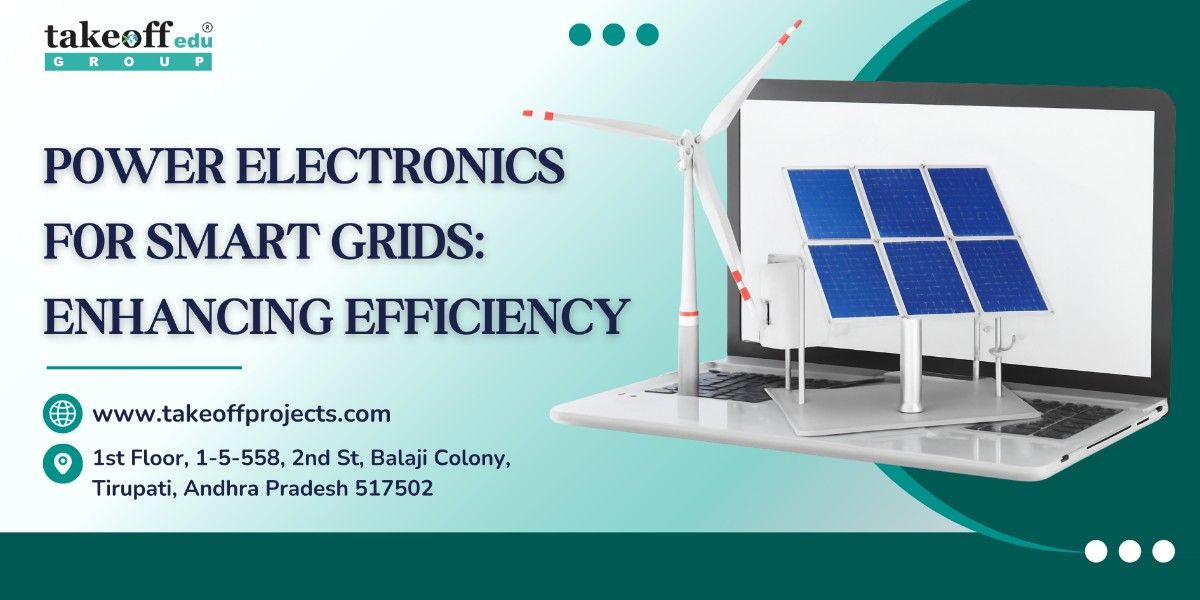
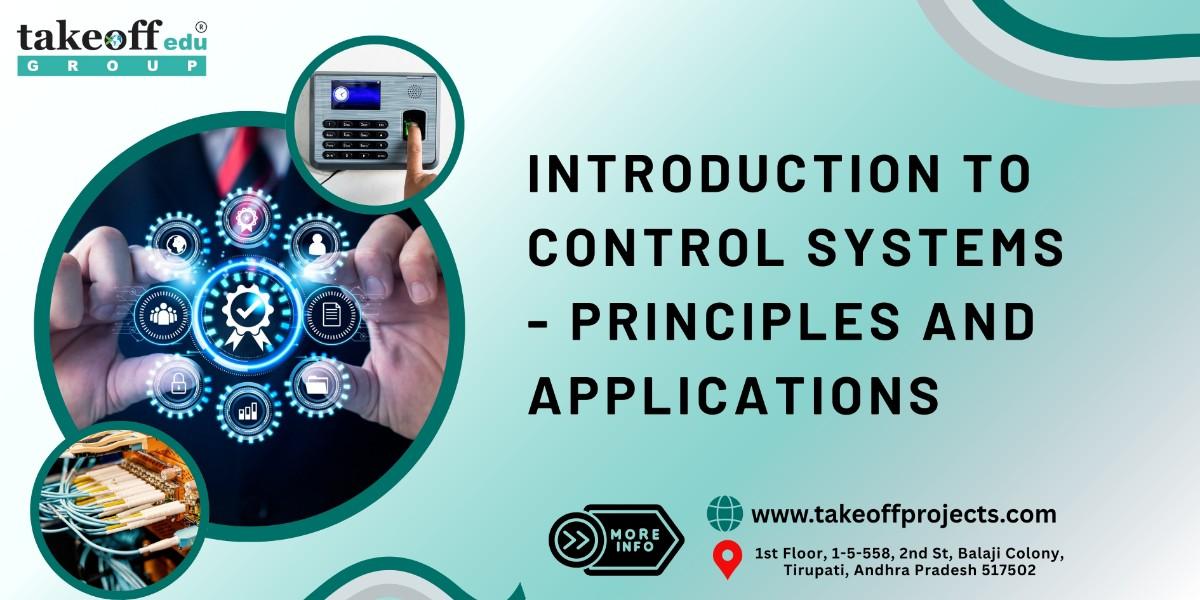 Introduction to Control Systems: Principles and Applications
Introduction to Control Systems: Principles and Applications 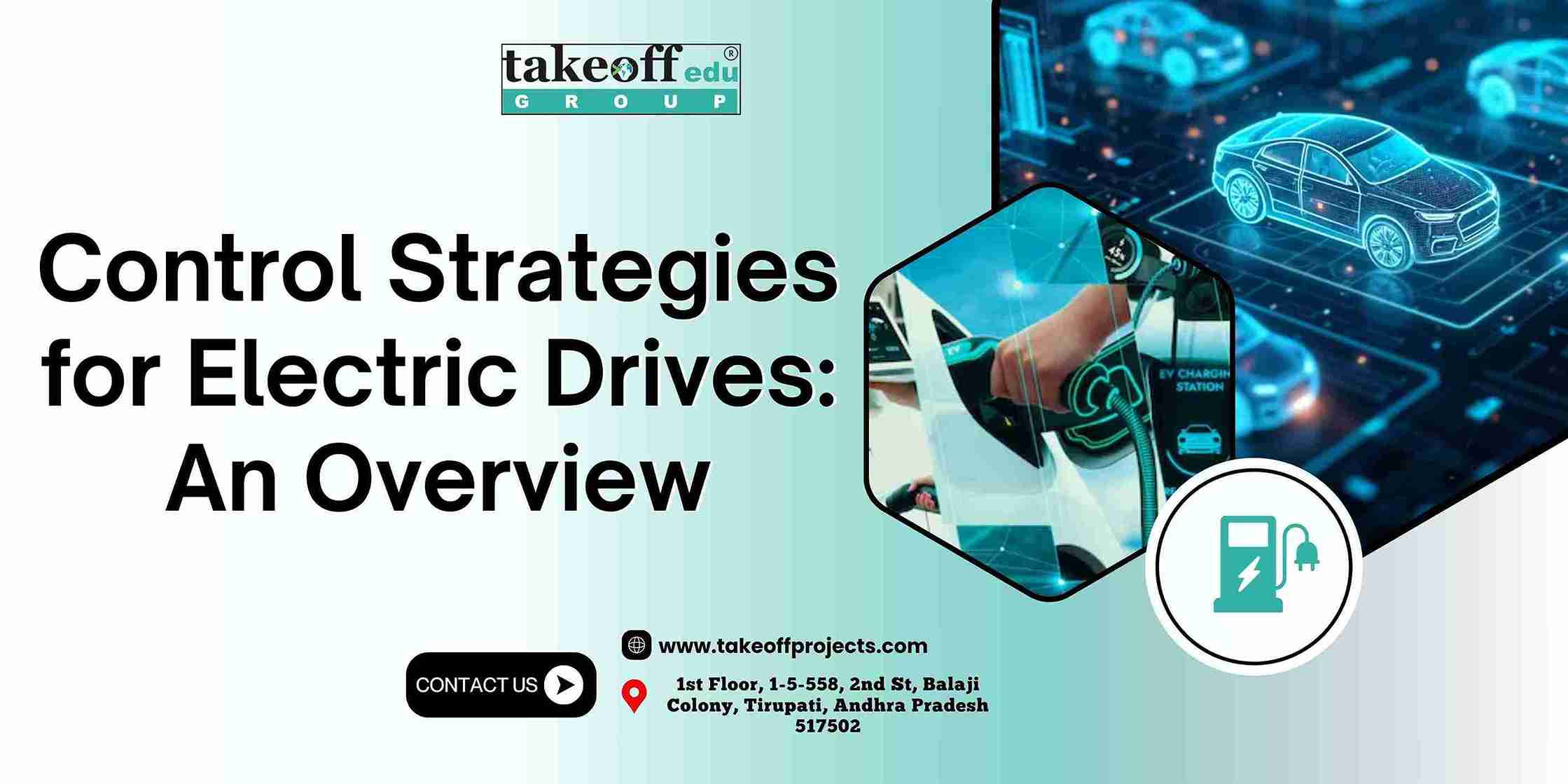 Control Strategies for Electric Drives: An Overview
Control Strategies for Electric Drives: An Overview 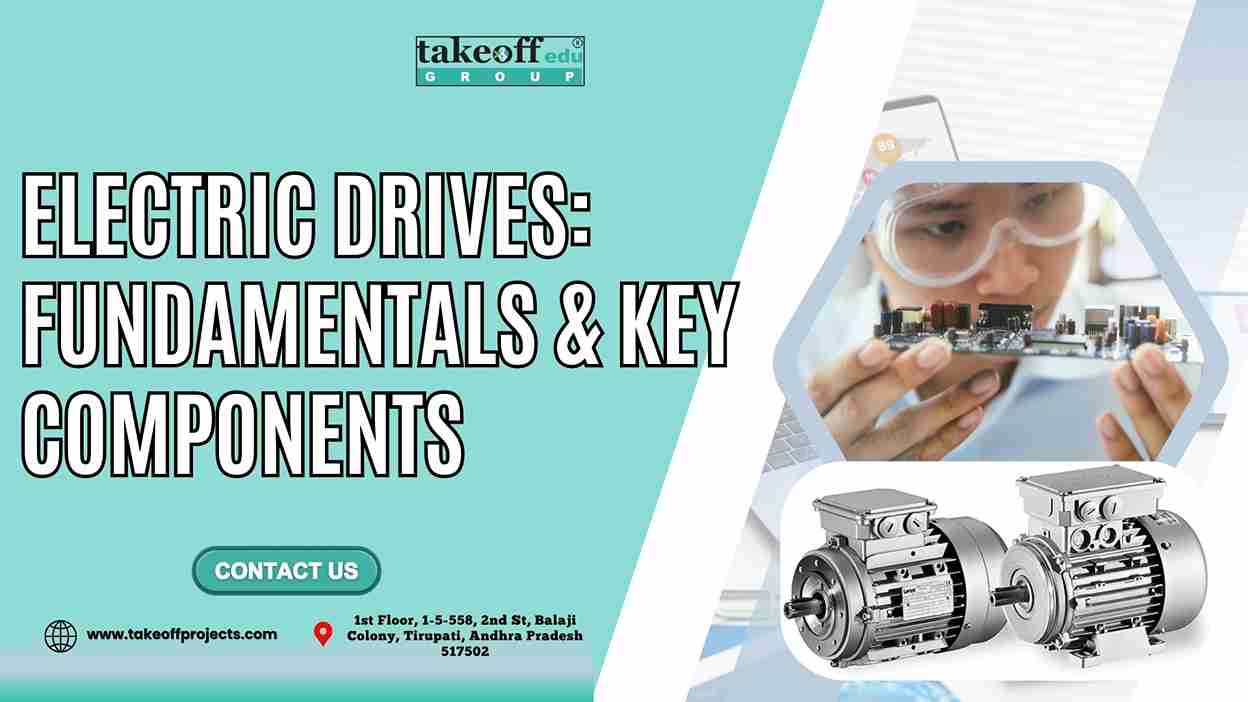 Electric Drives: Fundamentals & Key Components
Electric Drives: Fundamentals & Key Components 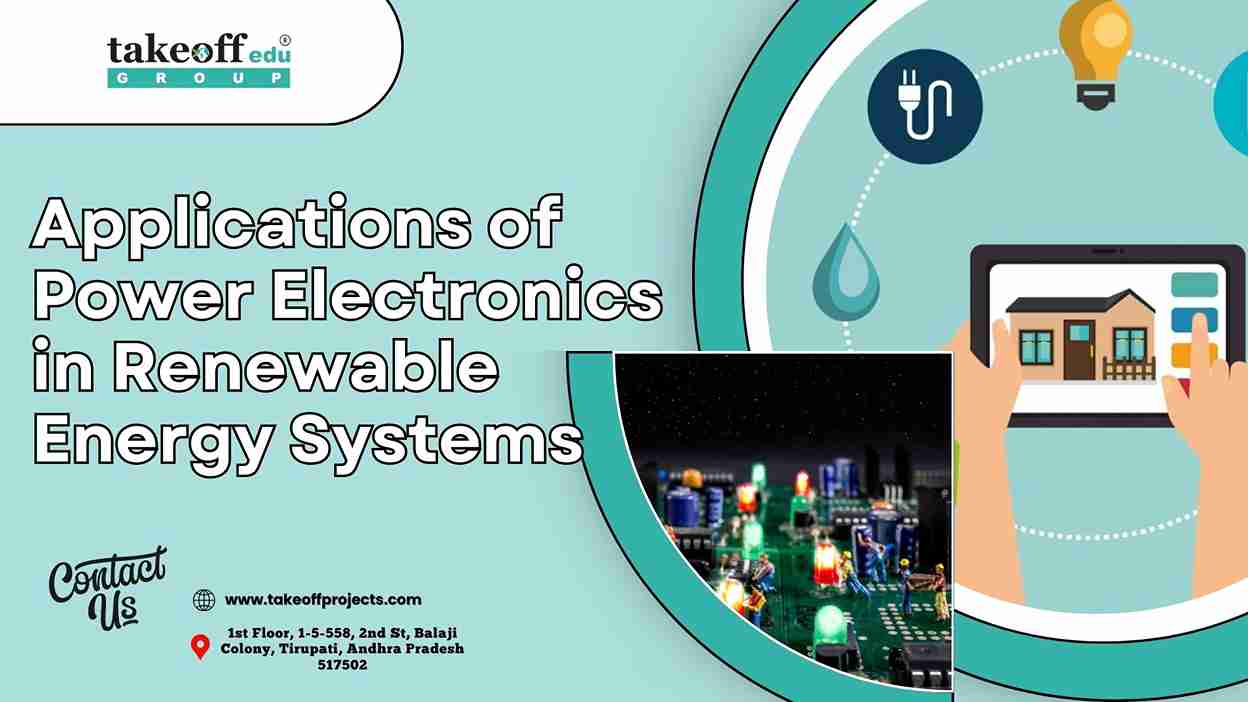 Applications of Power Electronics in Renewable Energy Systems
Applications of Power Electronics in Renewable Energy Systems  Designing Efficient Power Converters: Tips and Techniques
Designing Efficient Power Converters: Tips and Techniques 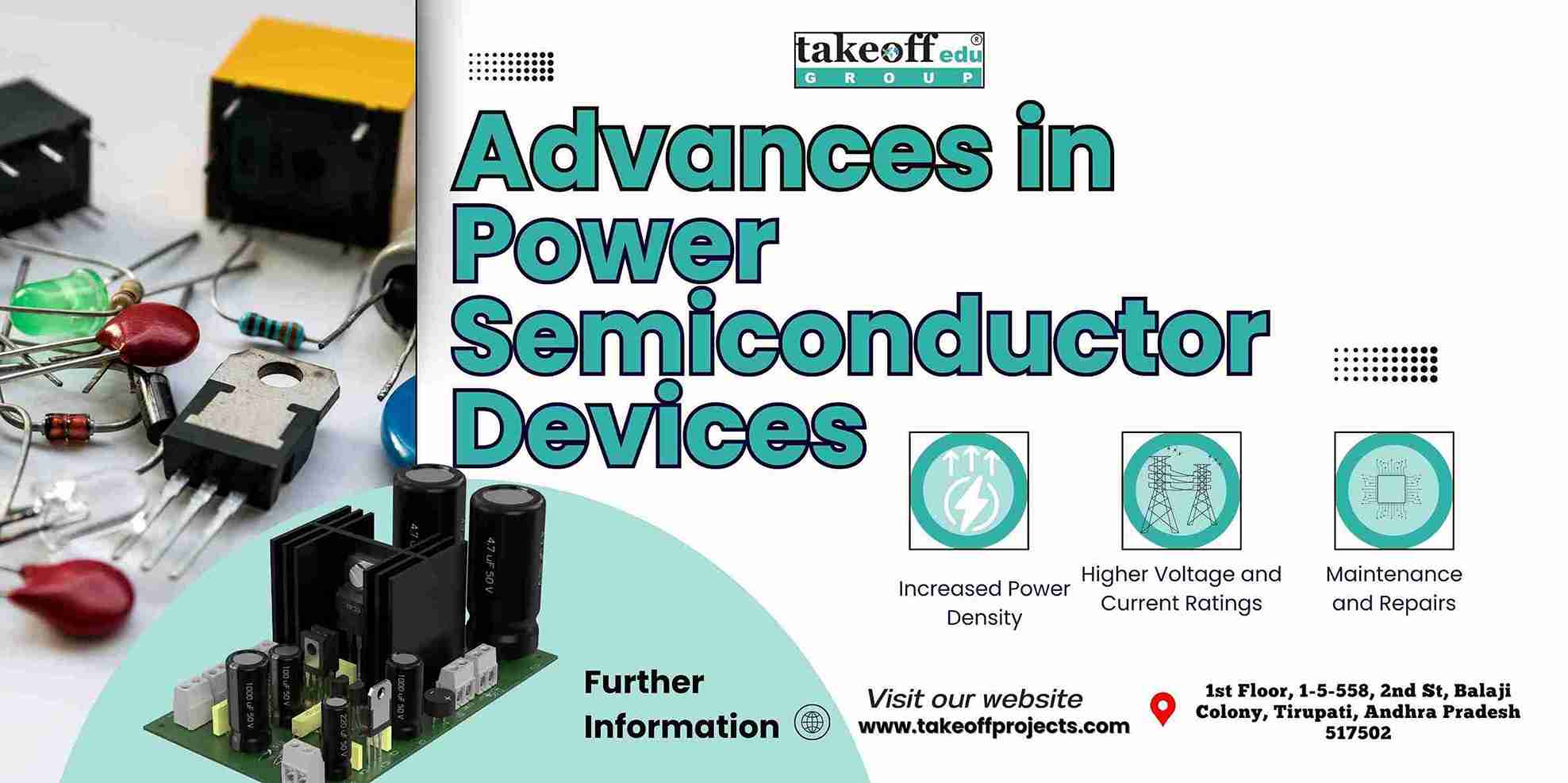 Advances in Power Semiconductor Devices
Advances in Power Semiconductor Devices 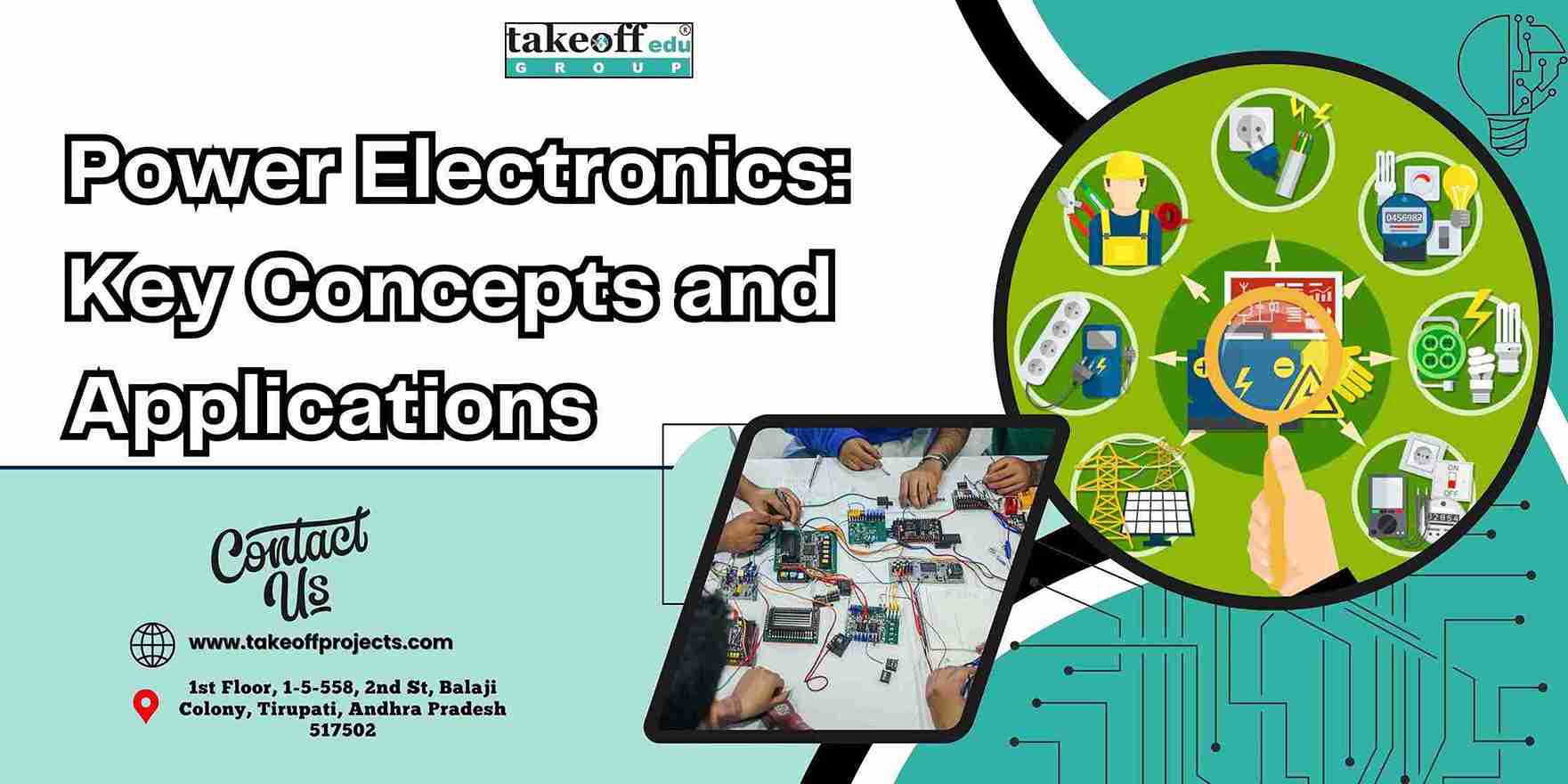 Power Electronics: Key Concepts and Applications
Power Electronics: Key Concepts and Applications 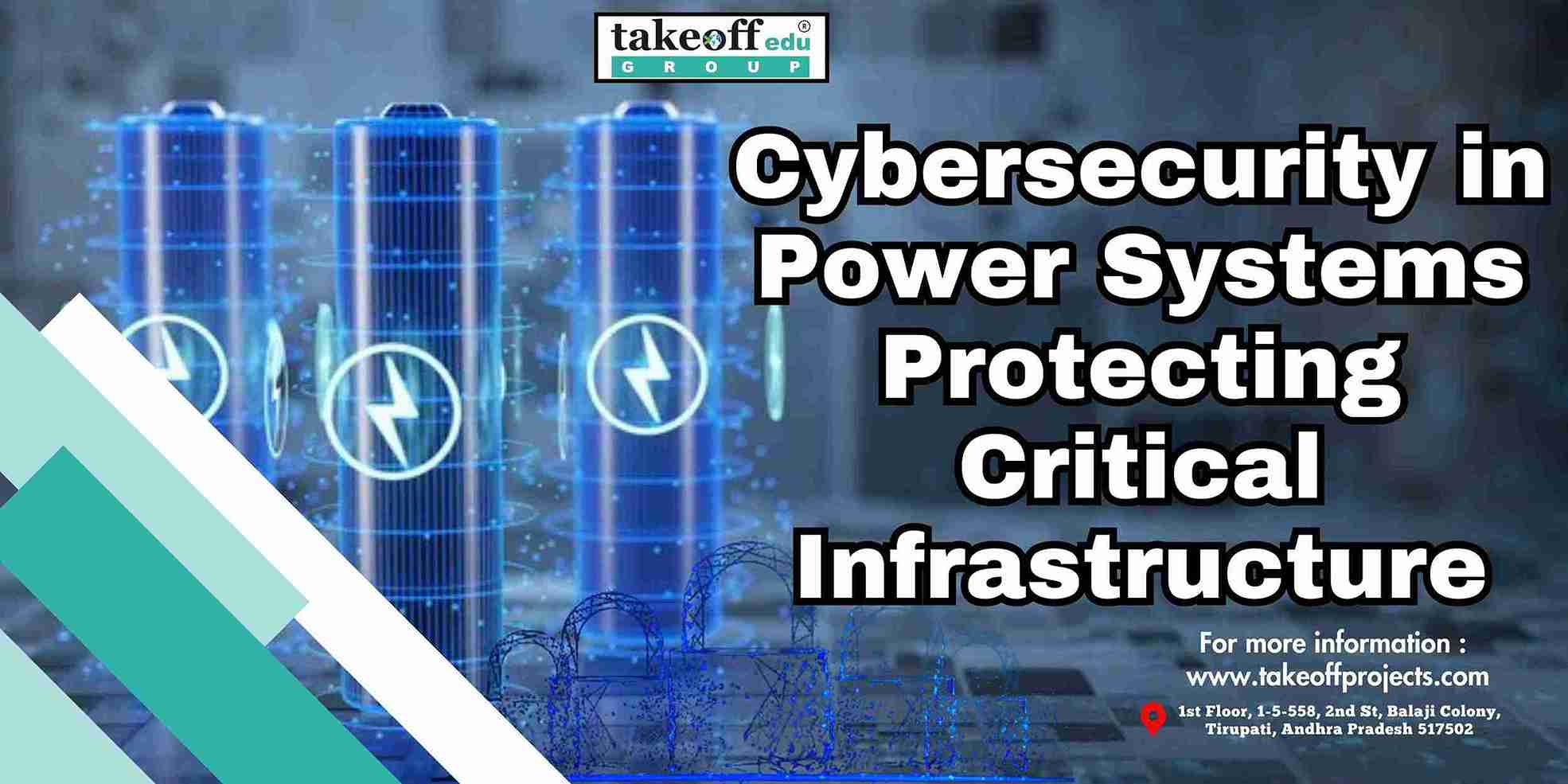 Cybersecurity in Power Systems: Protecting Critical Infrastructure
Cybersecurity in Power Systems: Protecting Critical Infrastructure  The Evolution of Power Transmission: From AC to HVDC
The Evolution of Power Transmission: From AC to HVDC  Impact of Energy Storage on Power System Management
Impact of Energy Storage on Power System Management 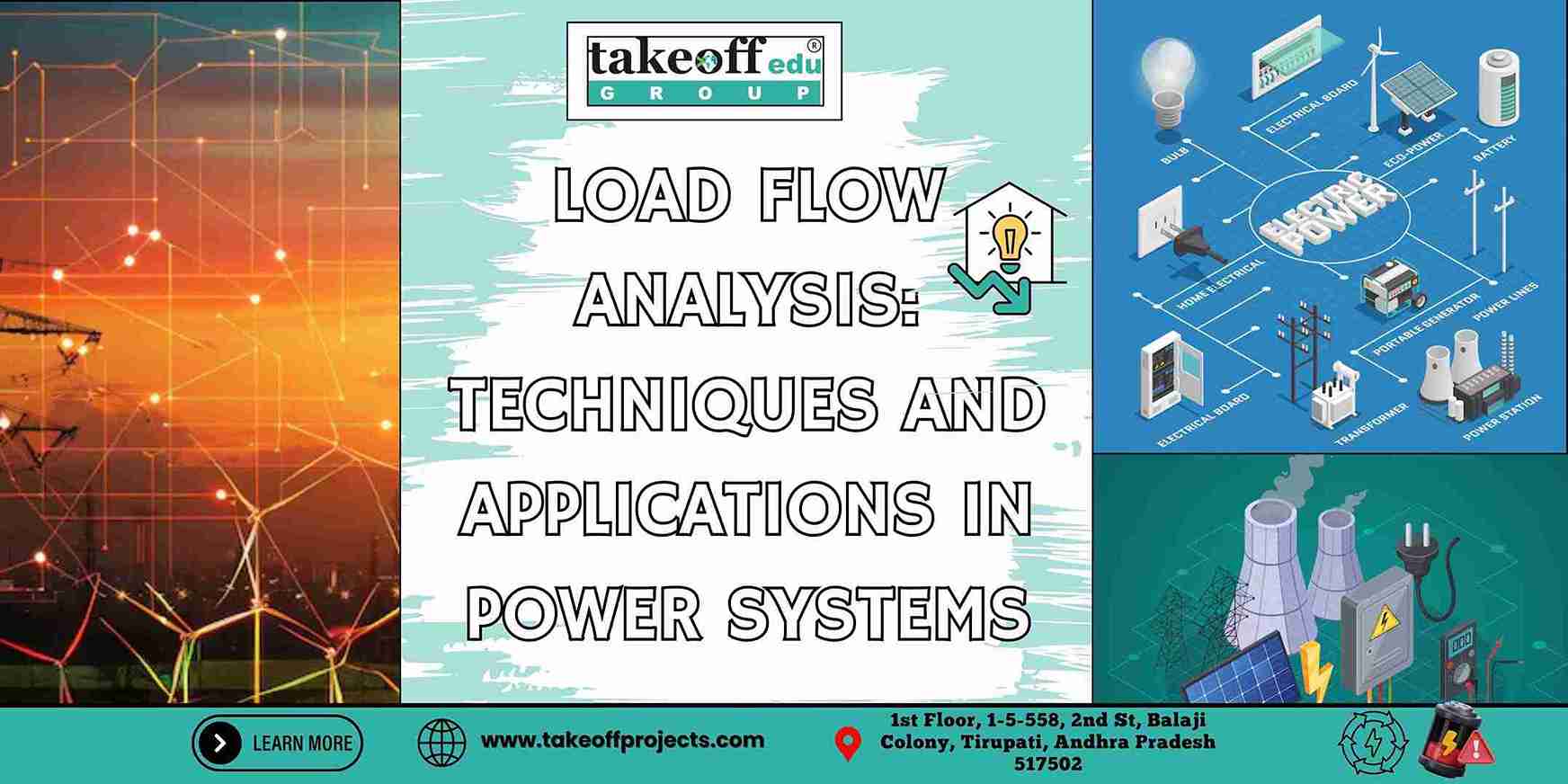 Load Flow Analysis : Techniques and Applications in Power Systems
Load Flow Analysis : Techniques and Applications in Power Systems 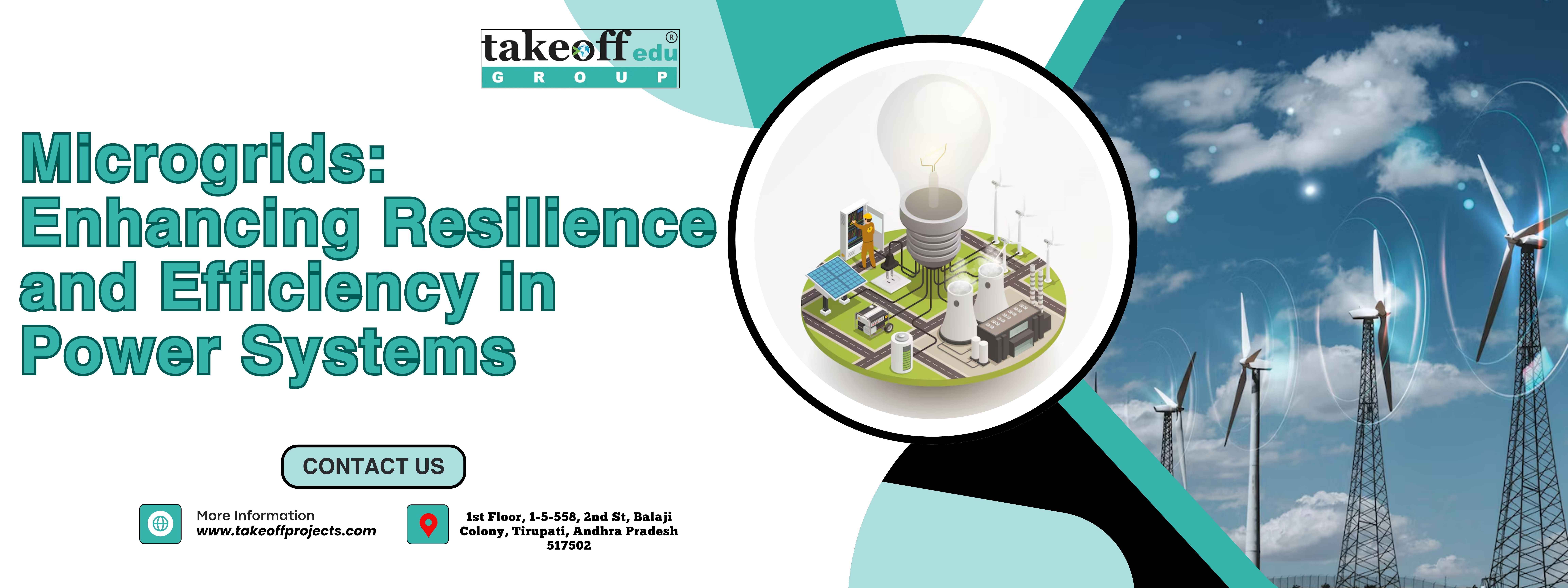 Microgrids: Enhancing Resilience and Efficiency in Power Systems
Microgrids: Enhancing Resilience and Efficiency in Power Systems 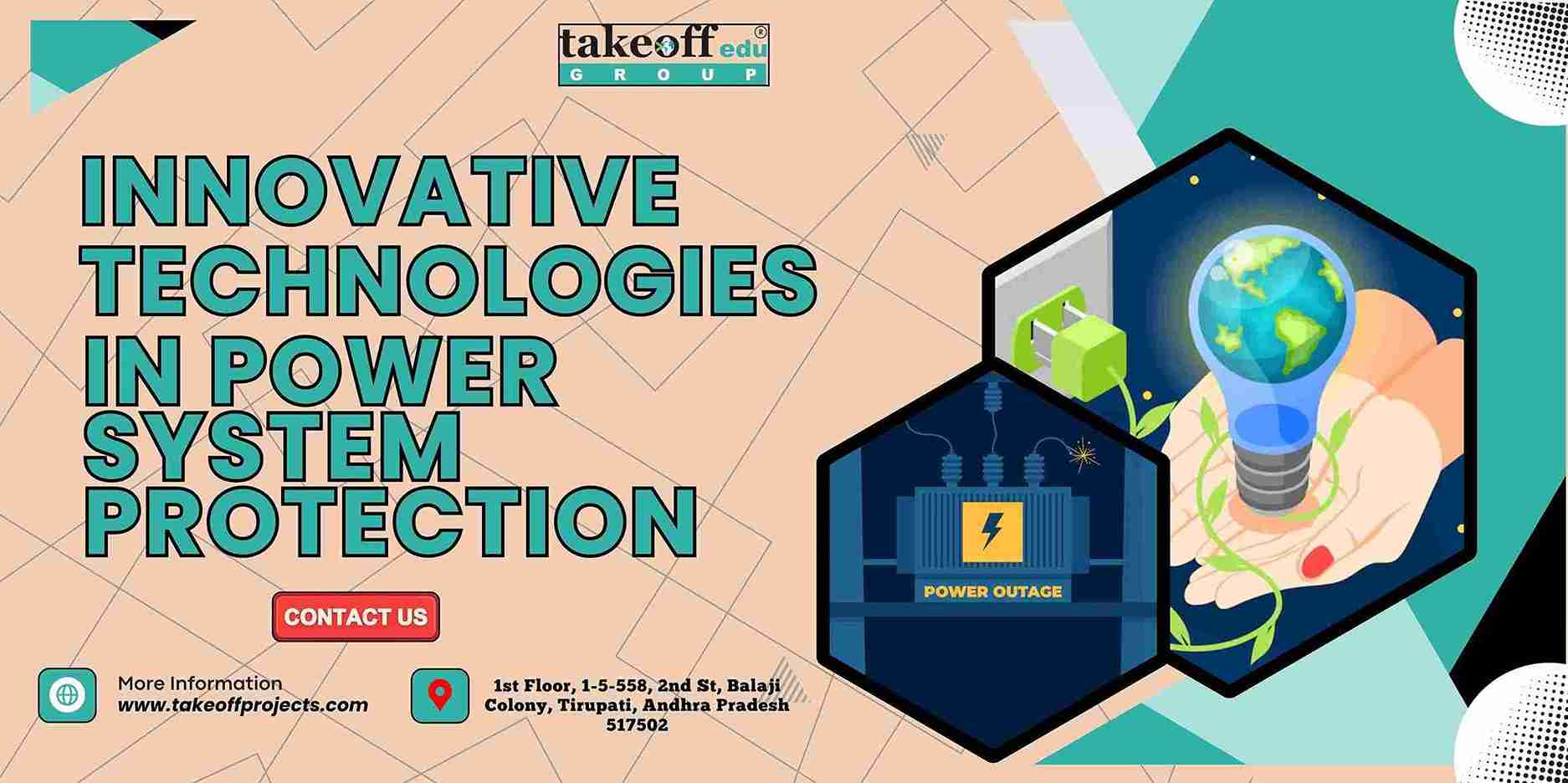 Innovative Technologies in Power System Protection
Innovative Technologies in Power System Protection 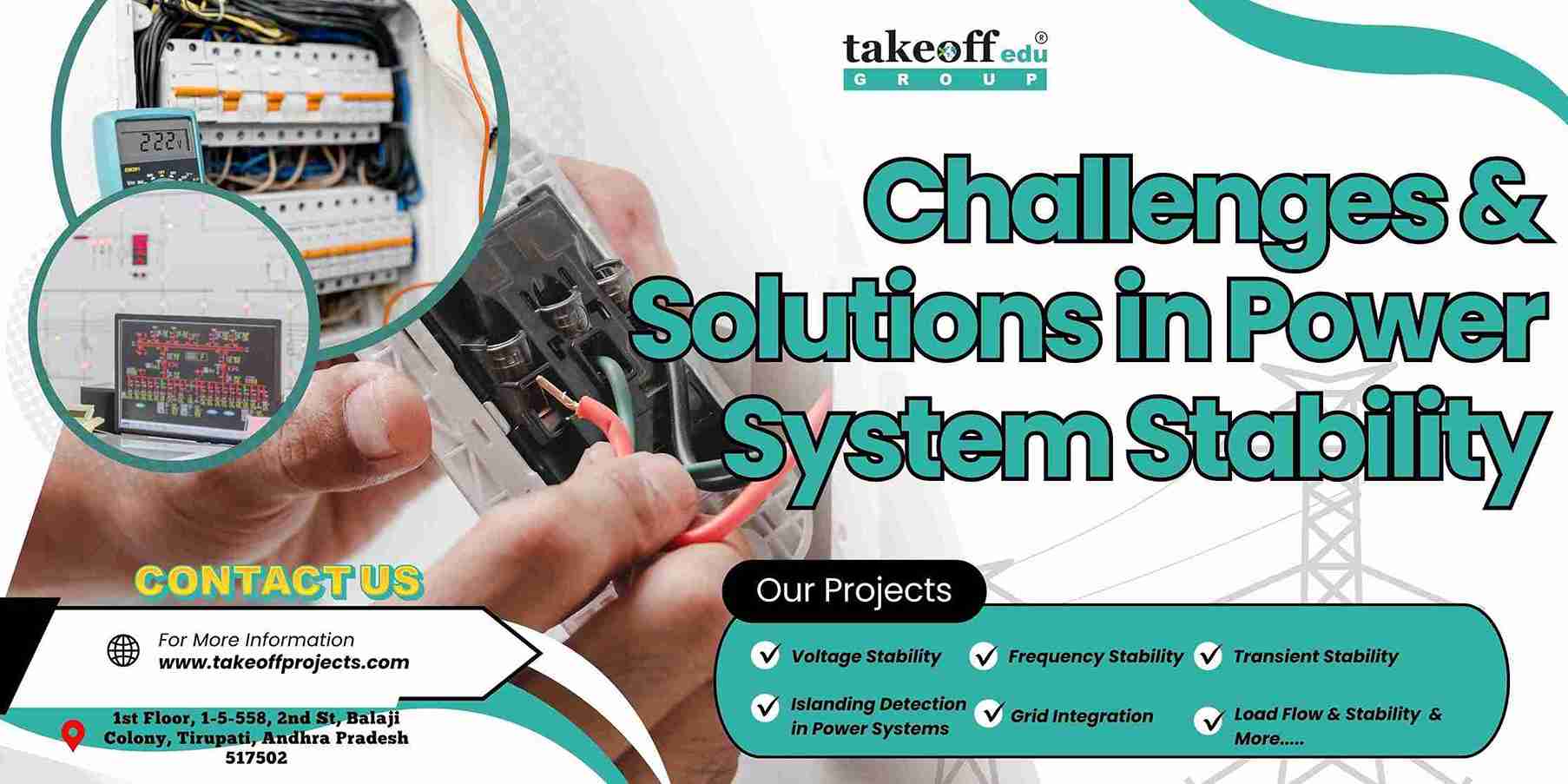 Challenges and Solutions in Power System Stability
Challenges and Solutions in Power System Stability 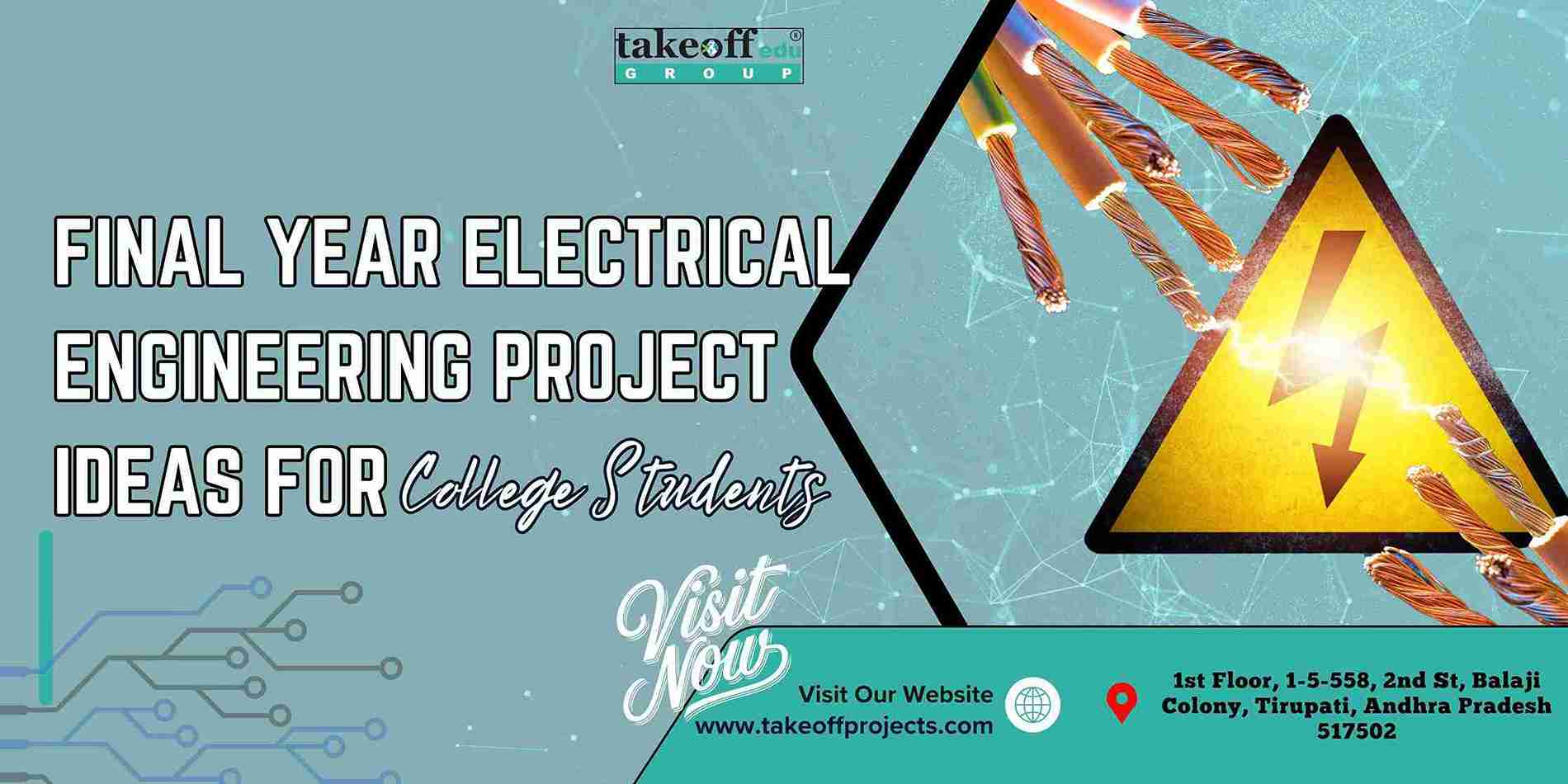 Final Year Electrical Engineering Project Ideas for College Students
Final Year Electrical Engineering Project Ideas for College Students  The Role of Renewable Energy in Modern Power Systems
The Role of Renewable Energy in Modern Power Systems  Smart Grids: Revolutionizing the Future of Power Systems
Smart Grids: Revolutionizing the Future of Power Systems 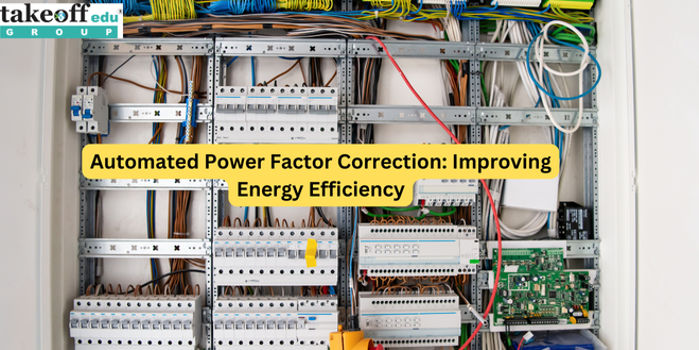 Automated Power Factor Correction: Improving Energy Efficiency
Automated Power Factor Correction: Improving Energy Efficiency 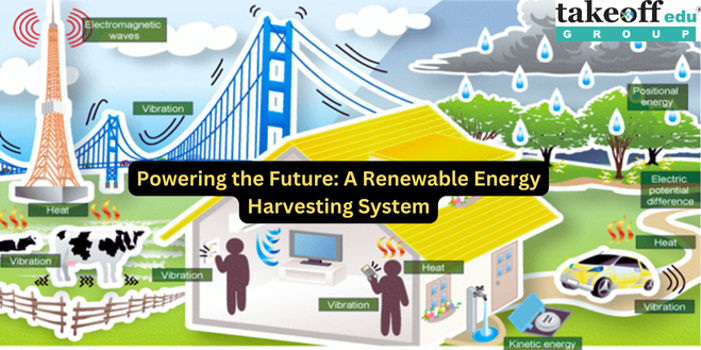 Powering the Future: A Renewable Energy Harvesting System
Powering the Future: A Renewable Energy Harvesting System 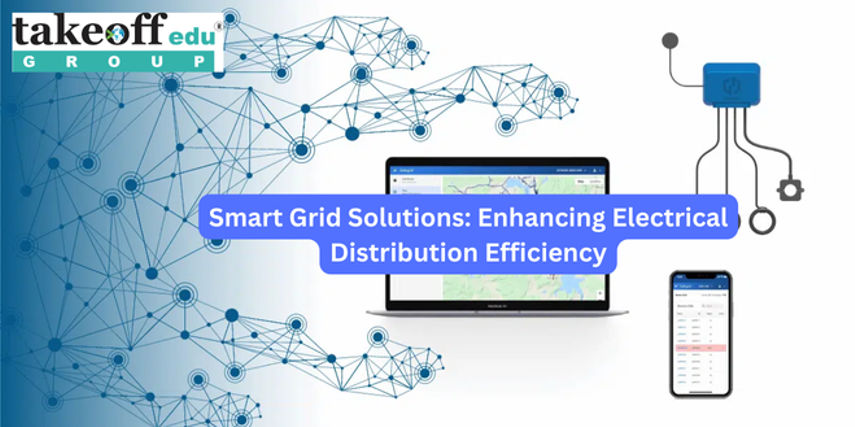 Smart Grid Solutions: Enhancing Electrical Distribution Efficiency
Smart Grid Solutions: Enhancing Electrical Distribution Efficiency  Electric Vehicle Charging Infrastructure Design and Implementation
Electric Vehicle Charging Infrastructure Design and Implementation 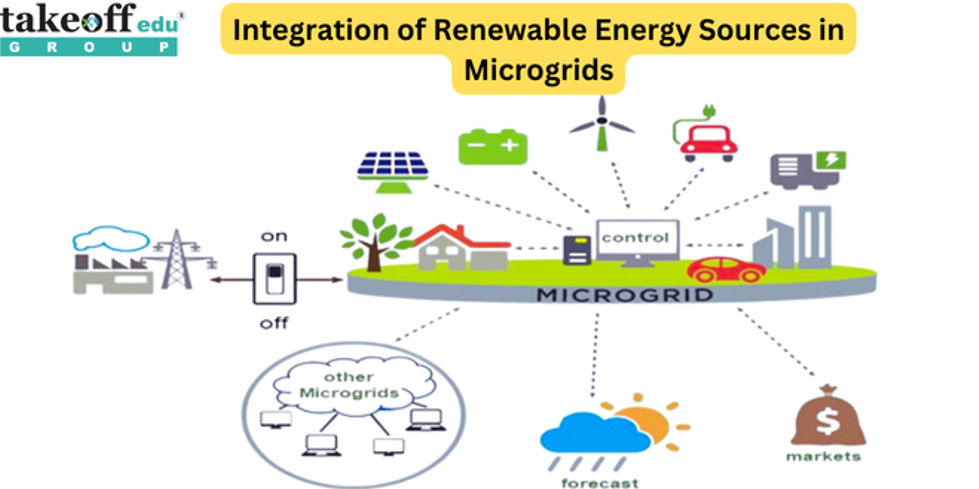 Integration of Renewable Energy Sources in Microgrids
Integration of Renewable Energy Sources in Microgrids  Electrical Projects Engineering Students
Electrical Projects Engineering Students  M.Tech Thermal Engineering Projects
M.Tech Thermal Engineering Projects 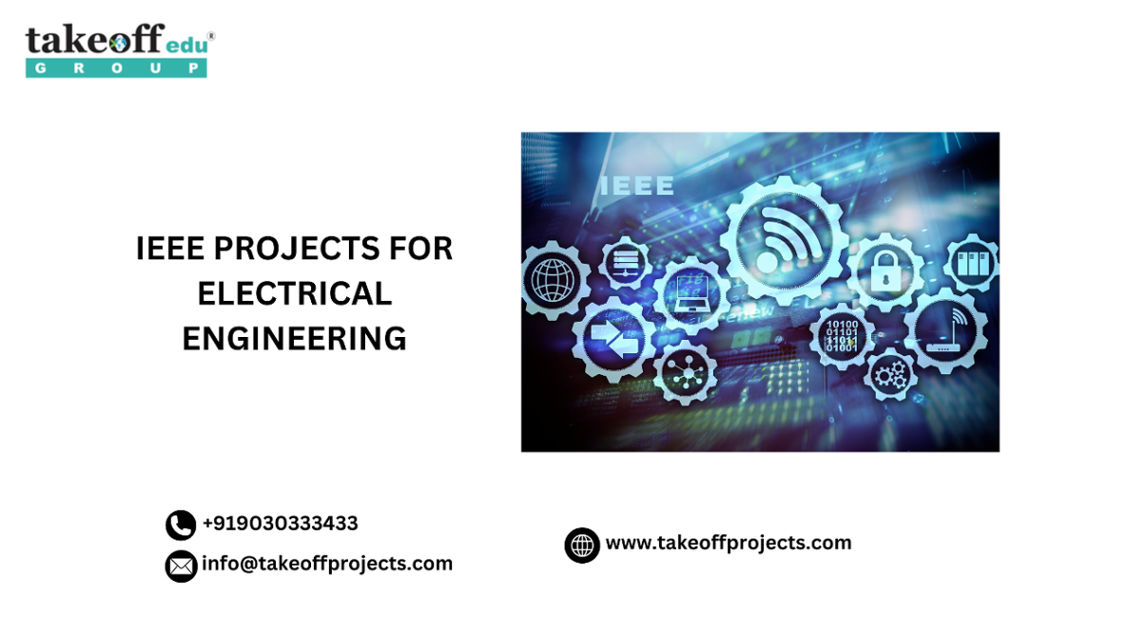 IEEE Projects for Electrical Engineering
IEEE Projects for Electrical Engineering  Mini Projects for EEE
Mini Projects for EEE 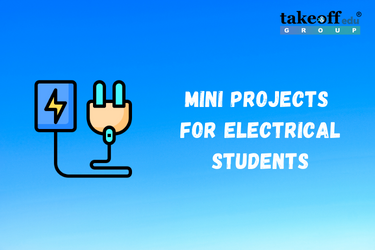 Mini Projects for Electrical Students
Mini Projects for Electrical Students  Top Electrical Projects for Final Year Students
Top Electrical Projects for Final Year Students 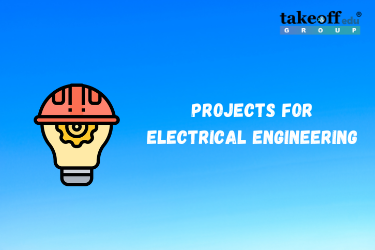 10 Interesting Projects for Electrical Engineering Students 2022
10 Interesting Projects for Electrical Engineering Students 2022  7 Trending Power Systems Based Projects for EEE
7 Trending Power Systems Based Projects for EEE 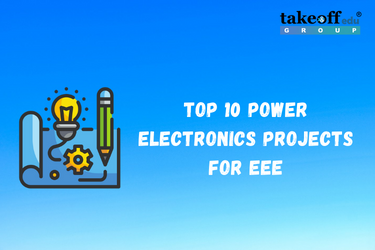 Top 10 Power Electronics Projects for EEE
Top 10 Power Electronics Projects for EEE 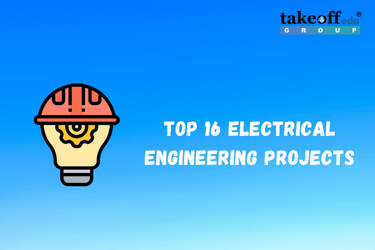 Top 16 Electrical Engineering Projects
Top 16 Electrical Engineering Projects 
 Paper Publishing
Paper Publishing


